
All categories
Featured selections
Trade Assurance
Buyer Central
Help Center
Get the app
Become a supplier

(18387 products available)




















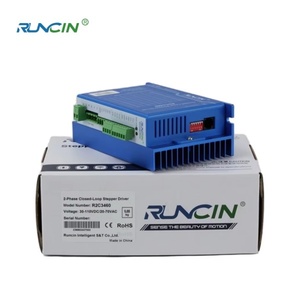

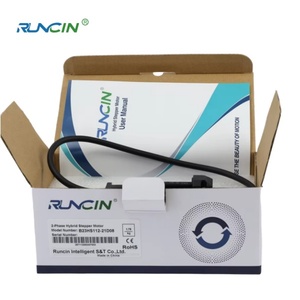










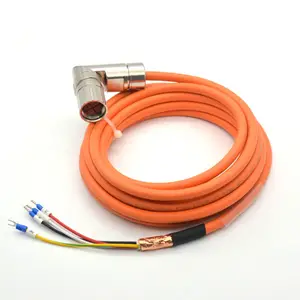




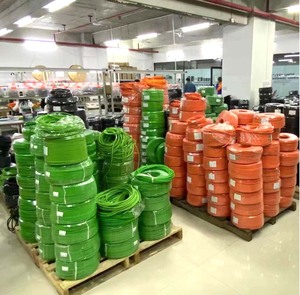

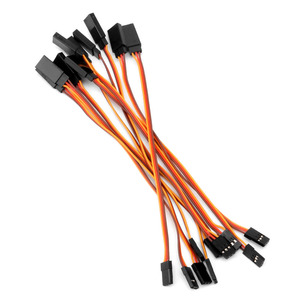

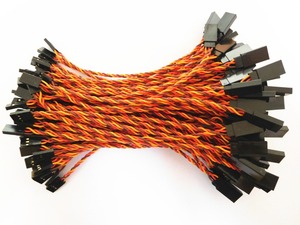
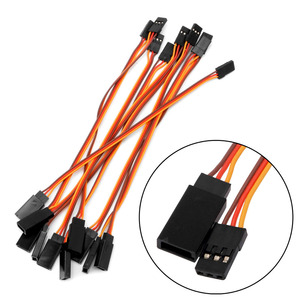

Servo wires have many types, depending on the application and the requirements. Here are some common types:
Standard Servo Wires
These are the most common types of servo wires used. They usually come with three wires: power (usually red), ground (usually brown or black), and signal (usually orange or yellow). These wires control standard servos in RC cars, planes, and other toys.
JST Connector Servo Wires
These wires use a JST connector to connect to the servo. This connector is compact and often used in applications where space is limited. It is common in drones, robots, and other electronic devices.
Futaba Connector Servo Wires
The Futaba connector is popular in radio-controlled (RC) vehicles, helicopters, and planes. The connector has four wires: two power wires, one ground, and one signal. These wires can control servos with Futaba connectors.
Micro Servo Wires
Micro servo wires are used with micro servos. These wires are similar to standard servo wires but smaller. They are commonly used in applications like small RC cars, planes, and drones.
Continuous Rotation Servo Wires
These wires are used to control continuous rotation mini servos. They usually have three wires: power, ground, and signal. These wires are used in applications like robots, cameras, and conveyor belts.
Dual Servo Wires
These wires connect two servos to one controller. They have two sets of three wires: power, ground, and signal. Dual servo wires are used in applications where two servos are needed, like RC cars and planes.
Extension Servo Wires
Extension servo wires are used to extend the length of a servo wire. They have a male connector on one end and a female connector on the other end. These wires are used when the servo wire is not long enough to reach the controller.
Y-cable Servo Wires
Y-cable servo wires split one connector into two. They have one male connector on one end and two female connectors on the other end. Y-cable servo wires are used to connect two servos to one channel.
Wire gauge
The thickness of the wire (gauge) is important because it has to be low enough to reduce resistance and maintain high current levels. Servo motors work better and last longer when they use wires with the right thickness.
Length of the wire
Longer wires can reduce the current and make the signal weaker, so it is better to use a shorter wire to connect the servo and the controller. However, if the wire has to be long, use a thicker wire to keep the current high and the signal strong.
Flexibility and Durability
Flexible and durable wire insulation can withstand wear and tear, especially in moving applications. Using strong and flexible insulation, like silicone rubber, can protect the wire and make the servo last longer.
Environment
Some wires are better for harsh environments, like heat or oil. It is important to use the right wire for the environment to keep the servo working in tough conditions.
Color Coding
Using color codes for the wires makes it easier to connect the servos correctly and troubleshoot any problems. Standard color coding can save time and reduce mistakes in the wiring process.
Connectors
Good quality connectors make the connection stable and reduce resistance. Quality connectors ensure that the connector is secure and the signal and current flow freely.
Cost and Quality
Buying high-quality servo wires, even if they cost a bit more, is a good investment because they work better and last longer. They are made of good materials, have good insulation, and have low resistance to ensure the servo works well for a long time.
There are many designs of servo motor wires, and each has its own functions and features. Below are some of them.
When using servo wires, it is essential to prioritize safety to prevent accidents and equipment damage. Here are some safety considerations for servo wires:
Voltage and Current Rating
Ensure the servo wires are compatible with the voltage and current requirements of the servo motors. Exceeding the ratings can cause overheating and failure.
Insulation Integrity
The insulation of the wires should be intact and free from cuts or abrasions. Damaged insulation can lead to short circuits and electrical hazards.
Proper Connections
Make sure the connections are secure and well-matched. Loose or improper connections can cause arcing, heat buildup, and intermittent operation.
Wire Gauge
Use an appropriate wire gauge for the application. Thicker wires have lower resistance and can carry higher currents without heating up.
Routing and Support
Route the servo wires away from moving parts, sharp edges, and high-temperature surfaces. Use cable ties or conduits to secure the wires and prevent them from getting caught or damaged.
Separation from Other Wires
Keep the servo wires separate from other wires carrying different voltages and currents to avoid interference and potential damage.
When assessing the quality of servo wires, several key features and factors should be considered to ensure reliability, durability, and suitability for the intended application. Here are the essential qualities of good servo wires:
Conductivity
High conductivity is crucial for efficient signal transmission and power delivery. Copper and silver are the most preferred conductive materials.
Durability
Durable wires can endure mechanical stress, bending, and movement without breaking. This is particularly important in applications where wires are frequently adjusted or moved.
Flexibility
Flexible wires are easier to work with and can be routed in various shapes and sizes without breaking. This is important in applications with tight spaces or complex shapes.
Insulation
Good insulation protects the wire from environmental factors, prevents short circuits, and improves safety. Insulation materials should be durable, flexible, and resistant to heat and chemicals.
Wire Gauge
The wire gauge (diameter) affects the wire's current-carrying capacity and resistance. Thicker wires (lower gauge numbers) can carry more current and have lower resistance.
Color Coding
Proper color coding helps identify the function of each wire, reducing the risk of confusion and mistakes during installation and maintenance. This enhances organization and safety in wiring systems.
How is a servo wire assembled?
As a business owner, one can come across different kinds of servo wires. Each type may have a unique assembly process. For example, a typical miniature servo wire is assembled by soldering a 3-pin JST connector to a 3-wire cable. The assembly may also include heat-shrink tubing to keep the wires from splitting. Some wires may have the assembly done through crimping. In this case, a 3-pin JST connector is crimped onto the wires.
What is the lifespan of a servo wire?
The lifespan of a servo wire is determined by several factors. This includes the manufacturing process, material used, and how the wire is treated. If the wire is well-handled, it can last for many years. It is important to regularly check the servo wires for any signs of damage. If any, buyers should replace them immediately. This will ensure the equipment continues to function smoothly.
Can buyers order custom servo wires?
Yes, it is possible to order custom servo wires according to one's specifications. This can include the desired length, color, connectors, and other features. Several manufacturers and suppliers offer customization options to meet specific needs. This is common among businesses that require unique or specialized servo wire solutions.